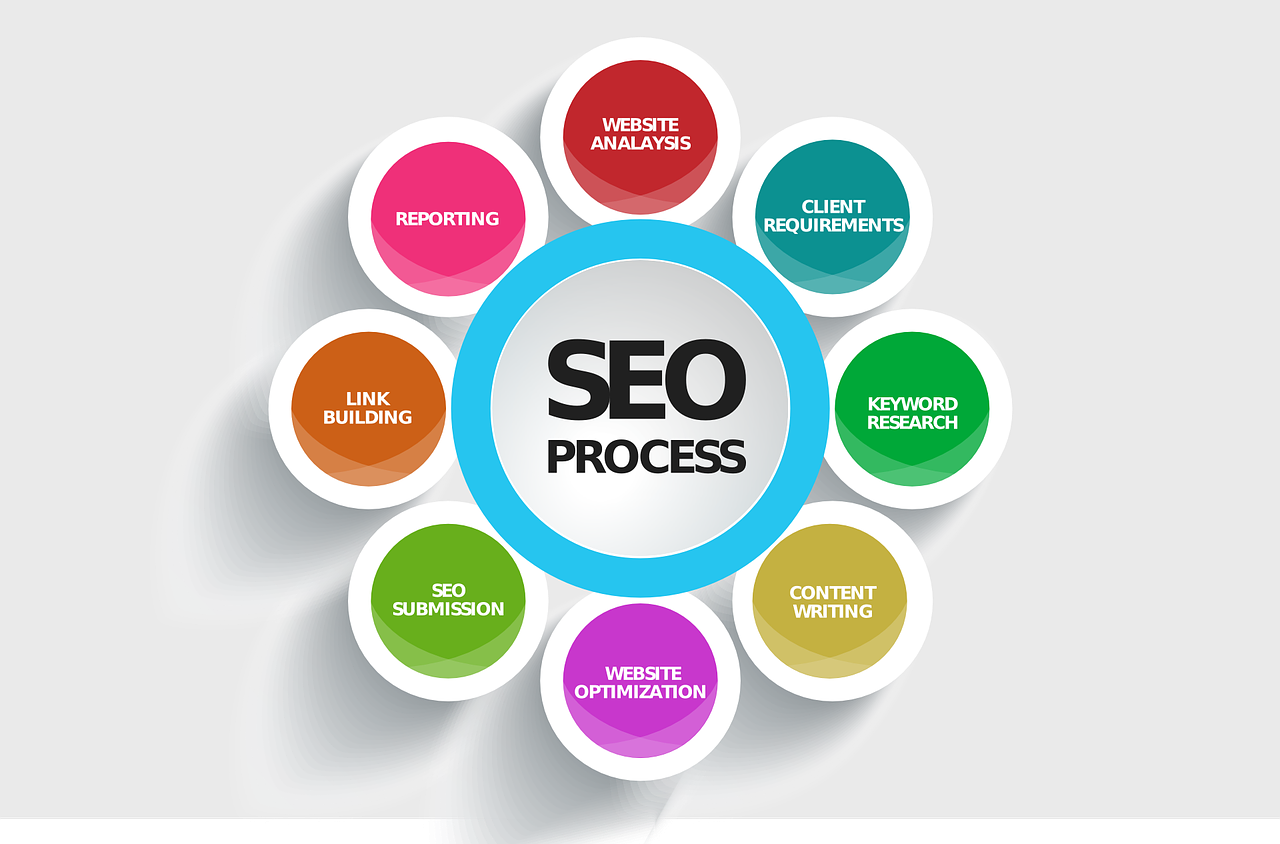In the ever-evolving landscape of digital marketing, Search Engine Optimization (SEO) remains a cornerstone for businesses striving to establish a robust online presence. Among the many facets of SEO, on-page SEO holds a special place. It's the art and science of optimizing individual web pages to rank higher in search engine results and attract targeted organic traffic. In this article, we'll explore the importance of on-page SEO, its key components, and strategies to master this vital aspect of digital marketing.
**Understanding On-Page SEO**
On-page SEO involves a range of techniques and optimizations performed directly on a website's pages to improve its search engine visibility and user experience. Unlike off-page SEO, which focuses on external factors like backlinks and social signals, on-page SEO concentrates on enhancing the content, structure, and HTML elements of a webpage. It's about making your web pages more relevant, user-friendly, and easily understandable for search engines.
**Key Components of On-Page SEO**
1. **Keyword Research and Targeting:** Keywords are the foundation of on-page SEO. Effective keyword research identifies the terms users are searching for and helps align your content with their intent. Including relevant keywords in strategic locations such as the title, headings, meta descriptions, and content itself is crucial.
2. **High-Quality Content:** Content is king, and on-page SEO revolves around it. Your content should be informative, engaging, and relevant to the target audience. Search engines reward valuable content that answers users' questions and provides solutions.
3. **Title Tags and Meta Descriptions:** The title tag is an HTML element that defines the title of a webpage. Meta descriptions provide a brief summary of the page's content. Optimizing these elements with targeted keywords and compelling descriptions can improve click-through rates.
4. **URL Structure:** A clean and descriptive URL structure aids both users and search engines in understanding the content of a page. URLs should be concise, include relevant keywords, and avoid unnecessary parameters.
5. **Heading Tags (H1, H2, H3, etc.):** These HTML tags structure the content on a page and provide hierarchy. Properly using heading tags not only organizes your content for readers but also signals to search engines the importance of different sections.
6. **Internal Linking:** Linking to other relevant pages within your website not only assists users in navigating but also helps search engines understand the content hierarchy and relationships between pages.
7. **Image Optimization:** Images should be properly named and accompanied by descriptive alt text. Optimized images improve the accessibility of your content and can also appear in image search results.
8. **Page Load Speed:** The loading speed of a webpage impacts user experience and search rankings. Compressing images, minifying code, and leveraging browser caching are strategies to enhance page load times.
9. **Mobile Friendliness:** With mobile users constituting a significant portion of internet traffic, ensuring your website is responsive and optimized for mobile devices is essential for both user experience and SEO.
10. **Schema Markup:** Schema markup provides additional context to search engines about the content on a webpage. It can help search engines display rich snippets in search results, providing users with more information before they click.
**Mastering On-Page SEO Strategies**
1. **Comprehensive Research:** Thoroughly research keywords relevant to your business and industry. Utilize tools like Google Keyword Planner and SEMrush to identify high-impact keywords.
2. **Create Valuable Content:** Craft content that's not only keyword-rich but also genuinely valuable to your audience. Engaging, informative, and unique content encourages user interaction and sharing.
3. **Optimize for User Intent:** Understand the intent behind specific keywords. Are users looking for information, products, or services? Tailor your content to match their intent.
4. **Regularly Update Content:** Search engines favor fresh content. Regularly updating your existing content with new information or insights can positively impact your rankings.
5. **Monitor and Adapt:** Utilize tools like Google Analytics and Google Search Console to monitor your website's performance. Analyze user behavior, click-through rates, and keyword rankings. Adjust your strategies accordingly.
In conclusion, on-page SEO is an integral aspect of digital marketing that directly influences a website's visibility and organic traffic. By optimizing content, titles, descriptions, and various HTML elements, businesses can improve their search engine rankings and provide a better user experience. Mastering on-page SEO requires a blend of keyword research, content creation, technical optimization, and continuous monitoring. As search algorithms continue to evolve, staying up-to-date with the latest best practices is key to maintaining a competitive edge in the digital landscape.






